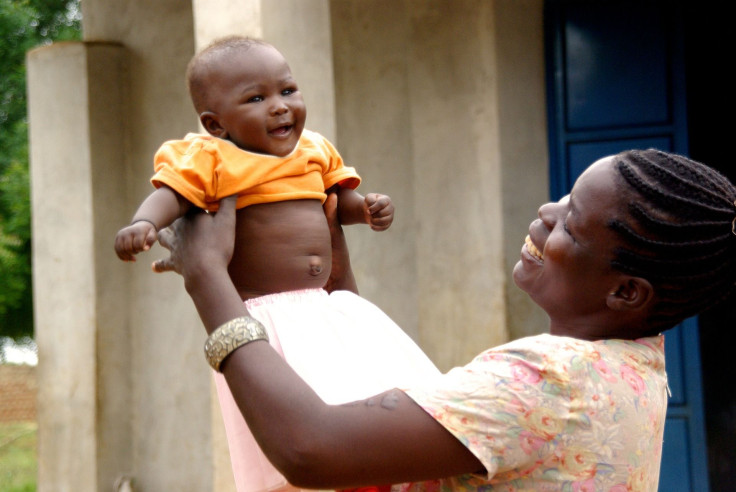Improving Maternal Health, Infant Mortality Rates Would Cost Less Than $5 Per Person In Low-Income Countries

Maternal and infant health have seen many improvements in recent decades, with maternal deaths dropping by about 44 percent between 1990 and 2015, and infant deaths declining from 8.9 million annually in 1990 to 4.5 million in 2015. However, there is still work to be done, especially in developing countries where 95 percent of the world’s maternal and infant deaths occur.
A new analysis from researchers at the Johns Hopkins Bloomberg School of Public Health finds that spending less than $5 per person on basic health services like contraception, nutritional supplements, and medication could save millions of these maternal and infant lives. The researchers said this could be accomplished by expanding health services in 74 countries where these deaths are common.
In 2000, the United Nations led many countries in committing to several Millennium Development Goals aimed at improving public health worldwide, two of which addressed maternal and child mortality. The goals called for a two-thirds reduction in child mortality from 1990 figures, and a three-quarters reduction in maternal mortality. Despite improvement, the world did not reach these standards — the under-five mortality rate dropped by only half, and maternal mortality dropped by around the same proportion.
“Many of these deaths could have prevented if high-impact and affordable solutions reached the populations that needed them the most,” said study leader Dr. Robert Black, a professor in the Department of International Health at the Bloomberg School. “Our analysis shows that expanding access to care to keep more mothers and children alive and healthy is feasible and a highly cost-effective investment.”
The scientists examined the possible impacts of three essential care packages — maternal and newborn health, child health, and reproductive health. These interventions included improvement of pregnancy and delivery care, along with the treatment of dangerous infectious diseases like pneumonia, diarrhea, and malaria. The maternal and newborn health package and child health package together could save around four million lives if it were expanded to 90 percent of the target population, the study found.
The team looked at the reproductive package separately. Increased access to contraception would meet the unmet demand for family planning, potentially saving more than 1.5 million lives every year by preventing 28 million pregnancies, the researchers said.
The health services from all three packages that had the greatest impact included preterm birth care, management of serious malnutrition, providing contraception, management of delivery, and treatment for infections. This may seem like a costly bunch of interventions, but the study authors estimated that all three packages could be scaled up to reach 90 percent of the target populations with an investment of $6.2 billion in low-income countries, $12.4 billion in lower- to middle-income countries, and $8 billion in upper- to middle-income countries. This is equivalent to an average investment of $4.70 per person.
“For less than $5 per person, essential health services could reach the people who are most in need of them,” Black said. “Community health workers or primary health centers can deliver the majority of these services, which reduces the cost of expanding coverage.”
Black noted that the advantage of upscaling these interventions goes well beyond health: Improving care at time of birth can provide a quadruple return on investment by saving lives, preventing stillbirths, and preventing disability. Investing in nutrition can also help children reach their full cognitive potential.
Source: Black R, Levin C, Walker N, Chou D, Liu L. Temmerman M. Reproductive, maternal, newborn, and child health: key messages from Disease Control Priorities, 3rd Edition. The Lancet. 2016.
Published by Medicaldaily.com



























